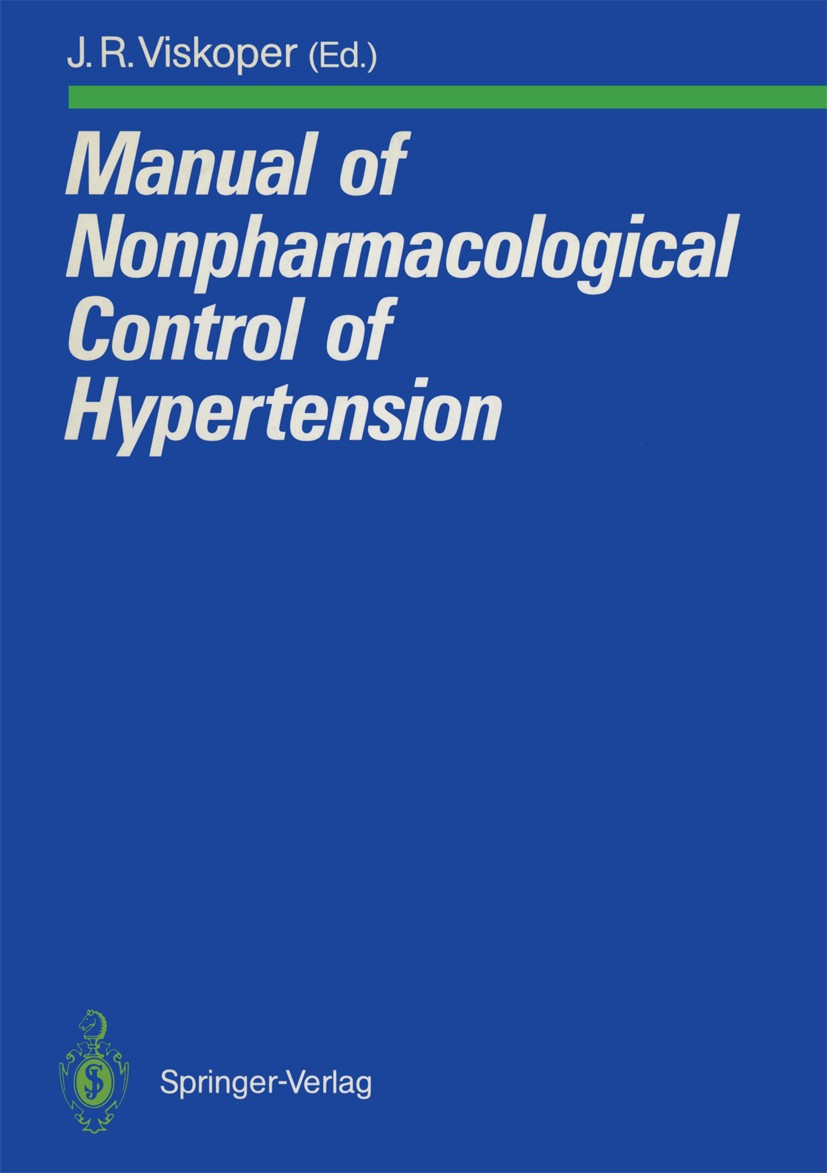| 书目名称 | Manual of Nonpharmacological Control of Hypertension | | 编辑 | J. R. Viskoper | | 视频video | http://file.papertrans.cn/624/623538/623538.mp4 | | 图书封面 |  | | 描述 | The prevention and correction of high blood pressure obviously is not an end in itself but a means of preventing cardiovascular complications. It is tempting to res ort to antihypertensive drugs, for the simple reason that current preparations are easy to dose and to take. There is a variety of reasons, however, to take advantage of the antihypertensive potential of nonpharmaco logical approaches first. For one thing, the use of tablets tends to accentuate the negative effects oflabelling a subject as hypertensive. The act oftaking tablets per se may elicit a spectrum of subjective adverse effects, as we have learned from placebo-controlled therapeutic trials. Even more importantly, the benefits of antihypertensive drug treatment are largely confined to the reduction of stroke and disease of the large vessels. With regard to incidence of cardiac events, some modest beneficial effects have been registered, such as a decrease in congestive heart failure and in the fatality rate of myocardial infarction. The effects on the incidence of coronary heart disease are only marginal at best. This disappointing finding has been ascribed to various factors: unwanted metabolie effects of anti | | 出版日期 | Book 1990 | | 关键词 | blood pressure; cardiovascular; hypertension; non-pharmacologic control of CVO; risk factors; vascular di | | 版次 | 1 | | doi | https://doi.org/10.1007/978-3-642-74720-5 | | isbn_softcover | 978-3-540-51070-3 | | isbn_ebook | 978-3-642-74720-5 | | copyright | Springer-Verlag, Berlin Heidelberg 1990 |
The information of publication is updating

|
|
 |Archiver|手机版|小黑屋|
派博传思国际
( 京公网安备110108008328)
GMT+8, 2025-11-16 03:53
|Archiver|手机版|小黑屋|
派博传思国际
( 京公网安备110108008328)
GMT+8, 2025-11-16 03:53


